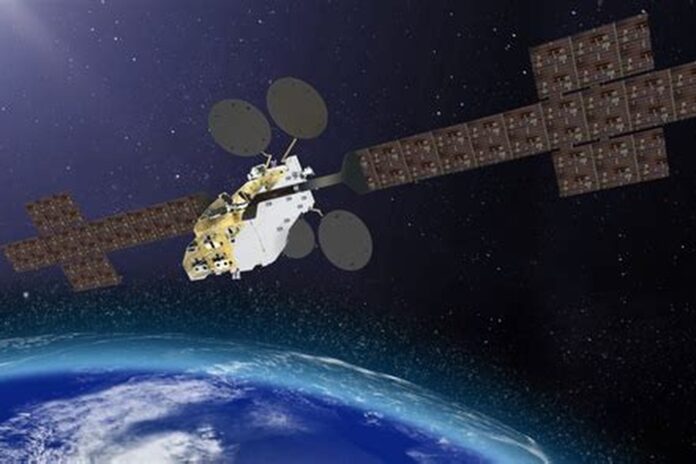Lowers the pains, speeds up the gains
UK based TTP and its project partners claim to have solved one of the most expensive and time-consuming challenges of 5G network building: the cost of testing and validating each stage of a network that’s ‘extra’ terrestrial. They’ve achieved this by created a digital twin on earth for every space born (AKA satellite or non-terrestrial) 5G network. This means they can conduct modelling, testing and remote diagnostics and expedite what’s currently a laborious expensive process.
Now TTP is offering a complete service that satellite operators, device manufacturers, app developers, MNOs and network infrastructure providers can use to see how their products and services will interoperate with the NTN network. With the feedback from using TTP’s 5G NTN digital twin modelling, emulation and validation system they can then refine and adjust their offerings accordingly.
“Network operators can test the behaviour of their physical counterparts under diverse operating conditions,” said Peng Cao, Vice President and General Manager of Keysight’s Wireless Test group, “ultimately the telecoms and satellite ecosystem bring NTN technology to the market faster.”
TTP built the service by integrating its proprietary lab testing tools with Keysight’s PropSim Channel emulator and EXata network modelling suite, in addition to Ansys STK, a physics-based modelling environment.
Pascal Herczog, Advanced Technology Lead at TTP, explained the rhyme and reason of the project. “The cost of design changes increases exponentially during [an] product development lifecycle while the scope for making those changes reduces exponentially,” said Herczog.
With satellite systems the cost of and complexity of making late changes is likely to be much higher than terrestrial systems. This makes a (digital twin) NTN system testing even more critical before a launch. With the design phase typically comprising a third of the product development phase, it helps if there is complete confidence in the design. “The chances of that happening are significantly higher when you can test it as part of a complete system, rather than just in isolation,” said Herczog, “this also helps focus effort on the aspects of the end-to-end architecture and design that give the best performance benefit.”
The verification and test phase is usually two thirds of your project and catching problems here can save you significant time in field testing. Integration of 5G TN and NTN systems creates new challenges that cannot be easily tested at scale even after launch, and do not have years of TN data to fall back on.
In the ‘testing environment’ they have created, anyone involved in a network project can validate their system against 3GPP Release 17 NTN specifications. This includes end-to-end coverage of user terminal and antenna designs, satellite link budgets, regenerative payloads, ground stations and 5G core network components. The digital twin also includes full environmental modelling with detailed terrain analysis for real-time protocol measurements, real-time physics-based analysis, and user application modelling.
“Our clients can [use this system to] explore system configurations for Regenerative payloads, model inter-satellite handover and terrestrial and non-terrestrial interactions,” said Adrian Hillier, next generation market lead at TTP, “ultimately, they can measure the quality of service experience for upcoming Non-Terrestrial Networks. We aim to fine-tune 5G NTN innovation, ensuring more efficient satellite network deployments in the near future.”
See the digital twin and lab emulation at MWC23, UK trade pavilion, Hall 7, booth 7B21.
Watch How are Digital Twins Driving Network Transformation? CET 28th February.


